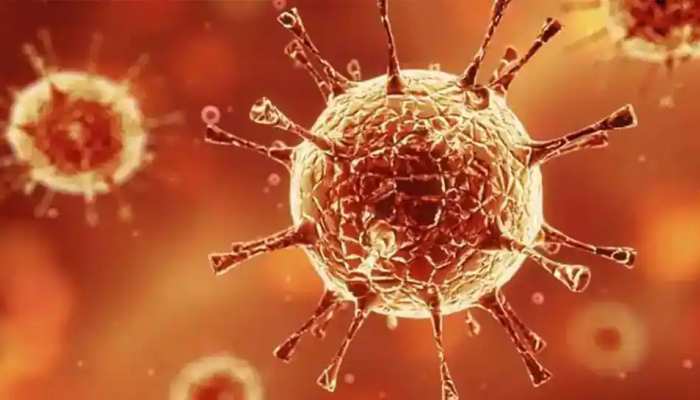
As per a new study, the coronavirus loses 90 percent of its infection ability after being airborne for 20 minutes. Read to find out what we know so far.
Here’s how the coronavirus acts in the environment

A new study conducted by researchers from the University of Bristol is emphasizing the importance of social distancing and wearing masks. According to the study, they are by far the most effective ways to prevent short-range transmission. “People have been focused on poorly ventilated spaces and thinking about airborne transmission over meters or across a room. I’m not saying that doesn’t happen, but I think still the greatest risk of exposure is when you’re close to someone,” said Prof Jonathan Reid. Professor Reid is the lead author of the study and the director of the Aerosol Research Centre.
By now, we know that the virus is infecting and spreading through aerosols and droplets. “When you move further away, not only is the aerosol diluted down, there’s also less infectious virus because the virus has lost infectivity (as a result of time),” he added. The researchers at the center developed a method for correctly stimulating how long the virus can survive in the air. The study is currently awaiting peer review.
Does the covid virus lose its ability to infect people after being airborne?
According to the study, the virus loses its ability to infect people after being airborne for 20 minutes. To verify and understand what happens when a virus is airborne, researchers generated virus-containing particles. They allowed the particles to float between electric rings for five to 20 minutes in a controlled space. The study shows that when the particles leave the lungs, they lose water quickly. Additionally, the environment has lower levels of carbon dioxide, making their pH higher. This affects the virus’ ability to infect humans.
For example, an office environment has a humidity lower than 50 percent. Hence, the virus becomes half as infectious in just five seconds. After the initial change, the infectivity becomes gradually slower. The researchers observed the same effect in all three variants of the SARS-CoV-2. They are hoping to experiment and better understand the Omicron variant soon.